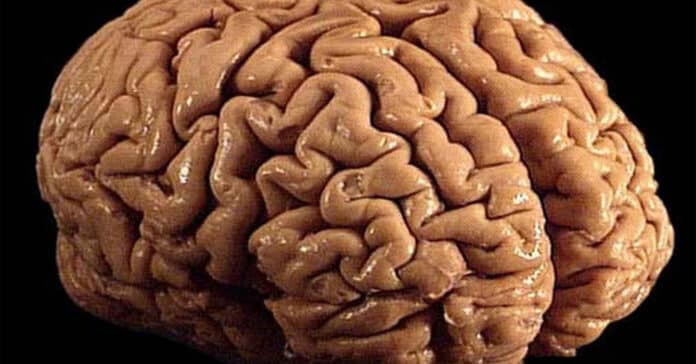Neocortical folding- gyrification- is a fundamental evolutionary mechanism that expands cortical surface area and increases cognitive function. Increased gyrification has been associated with intelligence across species. However, it has been challenging to study molecularly in non-gyrated animal models.
However, in certain persons, excessive cerebral cortex folding is linked to neurodevelopmental delay, intellectual impairment, and epileptic convulsions rather than improve cognitive function. Most of the genes governing this folding are unknown.
Scientists from the University of California San Diego School of Medicine and Rady Children’s Institute for Genomic Medicine now unveil the role of a protein in human gyrification, establishing cellular polarity and structural integrity of radial glial fibers of the developing brain.
Scientists performed genomic analysis on nearly 10,000 families with pediatric brain disease over ten years to look for new disease causes. From their cohort, they found four families with a condition called Polymicrogyria.
Polymicrogyria is a condition characterized by abnormal development of the brain before birth. In Polymicrogyria, too many gyri are too tightly packed.
In particular, all four families had mutations in the Transmembrane Protein 161B (TMEM161B) gene, which makes a protein with a previously unknown function on cell surfaces.
After identifying TMEM161B as the cause, scientists determined the cause of excessive folding. They discovered the protein controls the cellular skeleton and polarity, and these control folding.
The scientists found defects in neural cell interactions early in embryogenesis, using stem cells from patient skin samples and engineered mice.
First author Lu Wang, Ph.D., a postdoctoral fellow in the Gleeson lab, said, “We found the gene is necessary and sufficient for cytoskeletal changes required for how neural cells interact with one another. Interestingly, the gene first appeared in evolution in sponges, which don’t even have a brain, so clearly, the protein must have other functions. Here we found a critical role in regulating the number of folds in the human brain.”
Journal Reference:
- Lu Wang, Caleb Heffner, et al. TMEM161B modulates radial glial scaffolding in neocortical development. PNAS. DOI: 10.1073/pnas.2209983120
